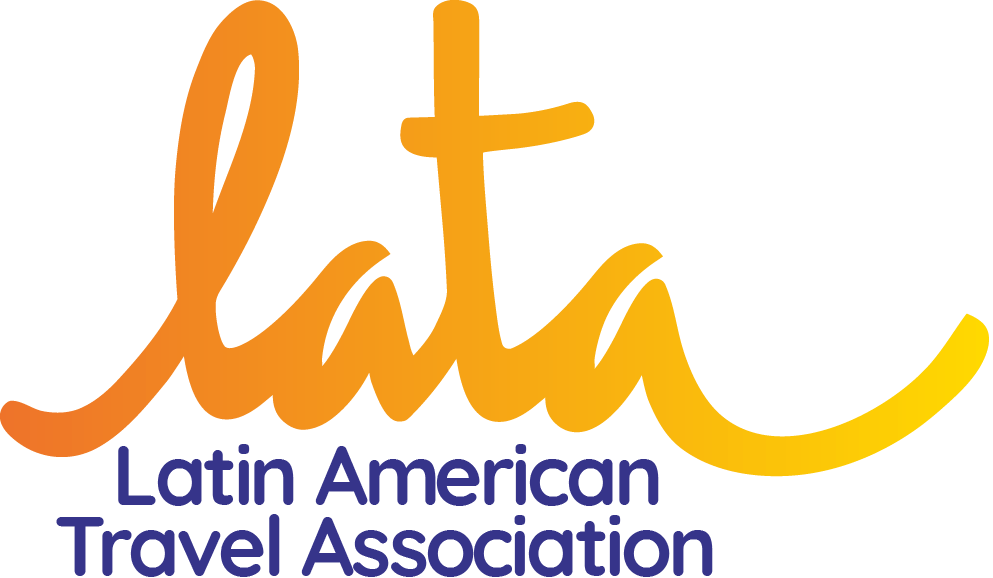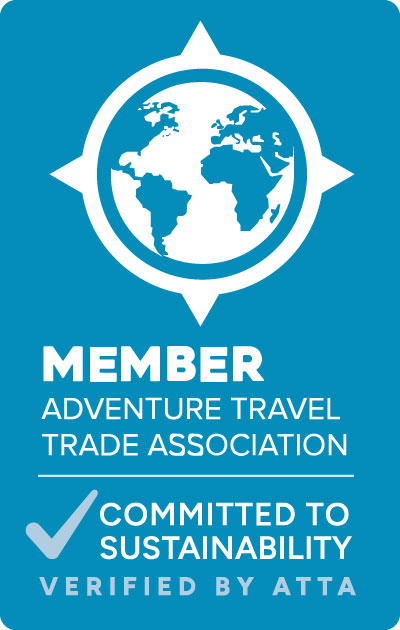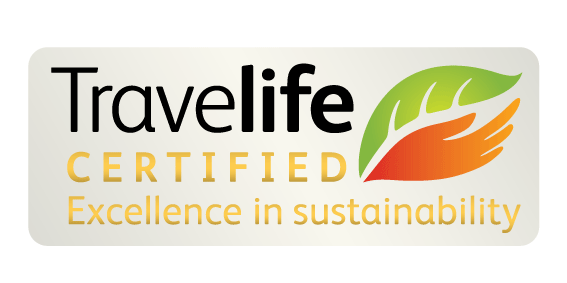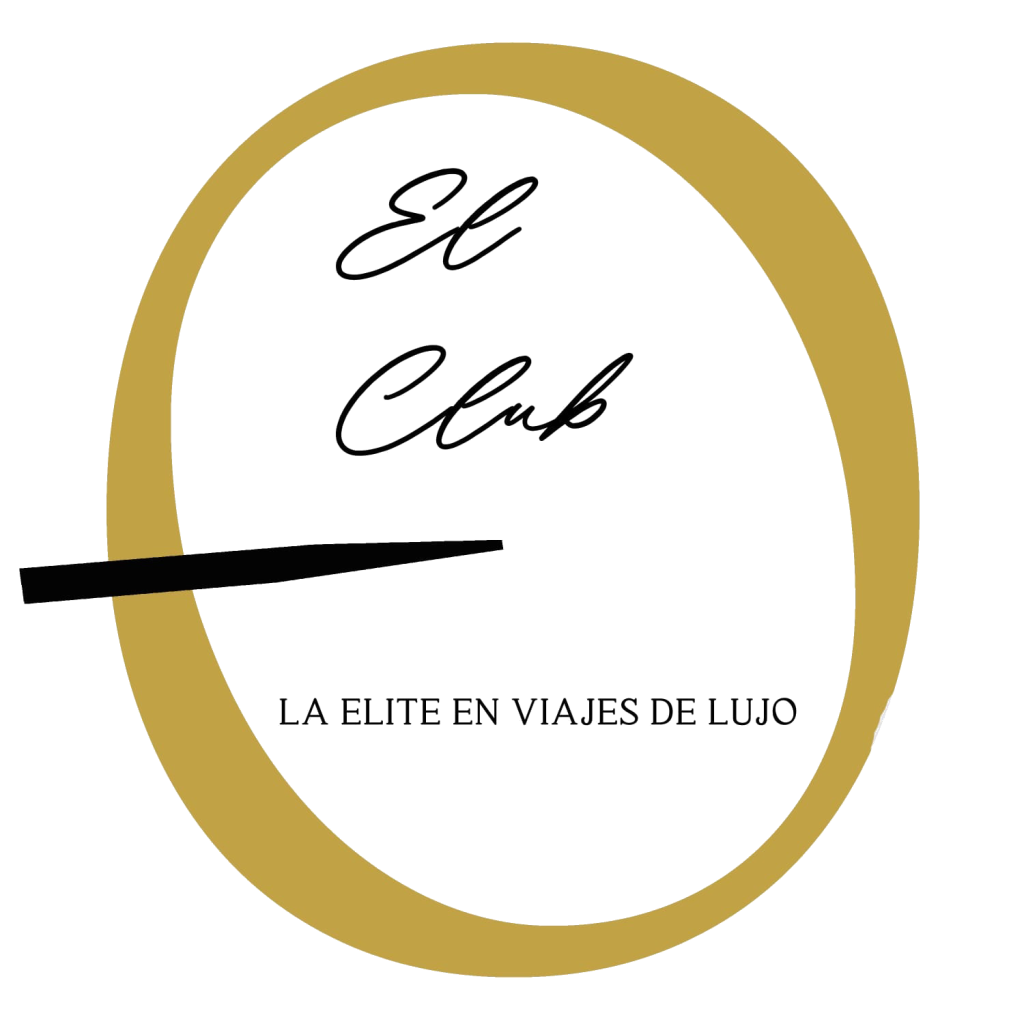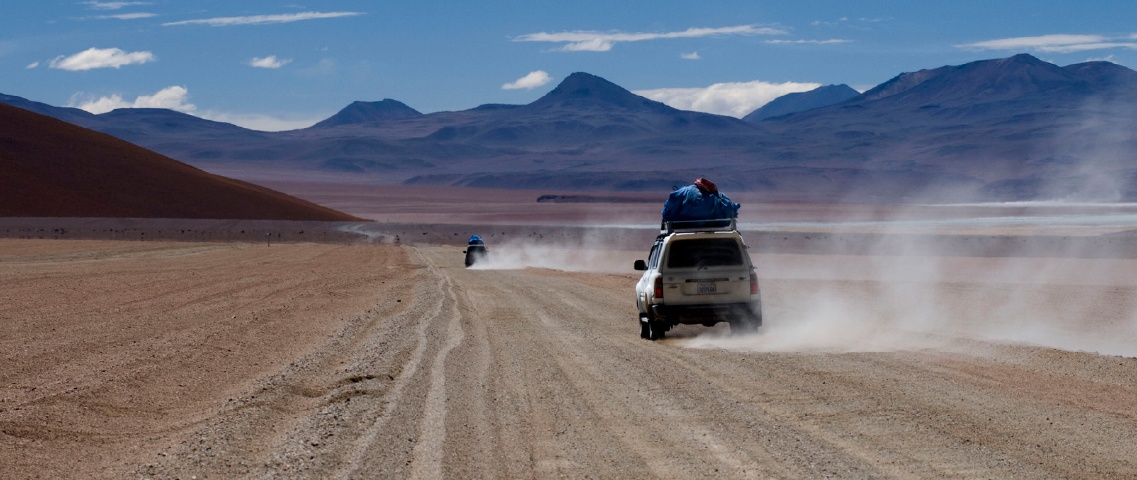
Would you like to uncover seamless and convenient crossings to connect Bolivia, Chile, and Argentina? Bolivia offers more than high-altitude wonders and salt flats. Its lesser-known land borders with Chile and Argentina are not only convenient and safe but also filled with unforgettable landscapes and cultural gems. These crossings provide a powerful way to enrich multi-country tours, especially for travelers who value authenticity and adventure.
Crossing borders between Bolivia and Chile
Portezuelo del Cajón Pass – Hito Cajón (San Pedro de Atacama to Eduardo Avaroa Reserve)
This border sits on the southeast flank of Juriques volcano, near Licancabur volcano, linking Eduardo Avaroa Andean Fauna National Reserve, Bolivia, with San Pedro de Atacama, Chile. Also, it is a popular route to travel between Uyuni and San Pedro de Atacama.
Highlights of the route:
- Visit Eduardo Avaroa National Park, which features unique ecosystems and wildlife. This vast reserve is situated in the Andean highlands and encompasses several key natural attractions like geysers, volcanic formations, the Valley of Rocks, Siloli Desert, Termales de Polques, Red Lagoon, and Green Lagoon.
- This route is popular for visiting the Uyuni Salt Flats and the Atacama Desert in one itinerary.
Recommendations:
- Tour buses or 4×4 vehicles are available from Uyuni to San Pedro de Atacama or Calama.
- As this crossing is remote and at a very high altitude, travelers must be prepared for altitude sickness and variable weather conditions.
Ollague Border Crossing
This crossing connects Uyuni, Bolivia, with the northern Chilean cities of Calama and Antofagasta. The route features Andean desert landscapes, volcanic terrain, and salt flats.
Highlights of the route:
- Go around the Uyuni Salt Flats, the largest salt flats in the world
- Visit the Atacama Desert, including the Laguna Chaxa, home to several flamingos.
Recommendations:
- You can travel by bus from Uyuni to San Pedro de Atacama and vice versa. The journey takes around 11 hours. Also, you can take a bus to Calama, and the journey will last around 10 hours.
- Private transfers are also available to manage your itinerary more easily.
- Another option is to join a 3-4 day tour to take advantage of both sides of Bolivia and Chile.
Colchane – Pisiga Border Crossing
This crossing links the Chilean town of Colchane with Pisiga in Bolivia’s Oruro Department. It is popular for travelers going between La Paz and the Chilean coastal city of Iquique.
Highlights of the route:
- The route offers a mix of Andean and coastal desert landscapes, making it an attractive destination for travelers who want to combine mountain and beach experiences.
- Some key attractions include the Humberstone and Santa Laura Saltpeter Works, Illimani, Casa Carnaval de Oruro, and Cavancha Beach.
Recommendations:
- This is a busy commercial and tourist crossing; travelers should consider extra time in their itinerary.
- It is better to book a private transfer to cross this route, as it takes approximately 11 hours to save time. However, you can take a bus from Iquique or La Paz, but it is an 18-hour journey.
Crossing borders between Bolivia and Argentina
Villazón to La Quiaca
This is the main crossing between southern Bolivia and northern Argentina, connecting the Bolivian town of Villazón with La Quiaca in Argentina.
Highlights of the route:
- Explore the dramatic Andean scenery of Uyuni and Tupiza
- Pass through high-altitude Andean plains featured by sparse vegetation
- Get immersed in Andean culture through colorful local markets, music, and food.
- En route to the Argentine side, you can visit the Quebrada de Humahuaca, Purmamarca, Salinas Grandes, and even Cafayate.
Recommendations:
- You can travel by bus from Salta to La Quiaca. The journey takes around 7 hours and 30 minutes. It is recommended to purchase bus tickets in advance to save time.
- During the peak season in December and January, the border crossing may be busy with long waiting times.
Bermejo to Aguas Blancas
passes through fertile valleys and offers access to Argentina’s wine country and natural parks.
Highlights of the route:
- Explore Tarija’s wine region and colonial charm before crossing
- Enter Argentina through lush landscapes and riverside villages
- Continue to Salta or Cafayate, a popular wine tourism destination.
Recommendations:
- Check seasonal opening times and road conditions.
- Facilities are basic, so bring any essentials you might need during the wait.
Requirements, Tips & Information for travelers for all Crossings
- Passport required; many nationalities do not require visas for short stays. Bolivia issues an entry paper instead of a passport stamp at some crossings, you should keep it for exit.
- Customs: Declare food, plants, and animals as required. Vehicle permits may be needed if crossing with a car or motorcycle.
- Most crossings are above 3,500 meters; travelers should be prepared for altitude sickness and plan accordingly.
- Services and facilities are limited at many high-altitude crossings; bring water, snacks, and cash.
- Bus services operate on main routes, but private transfers or tours are recommended for convenience and language support.
Bolivia awaits your clients with unique crossing border routes that connect with the best destinations in Chile and Argentina. Contact us! Our team in Bolivia will be glad to help you design itineraries that will surprise your clients.



Published in April 2025


